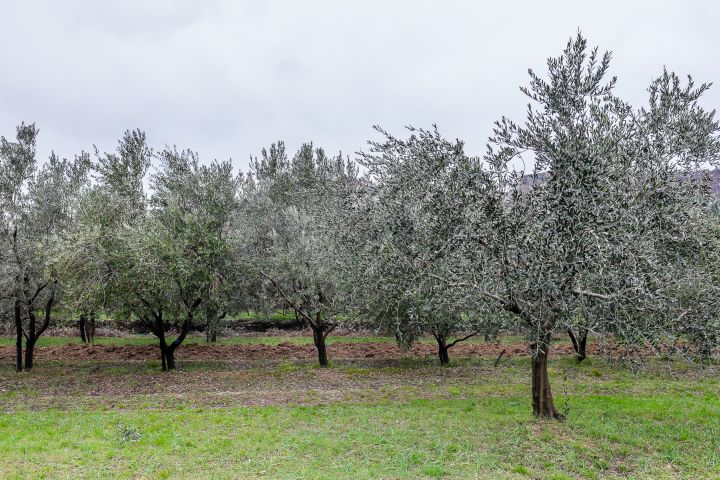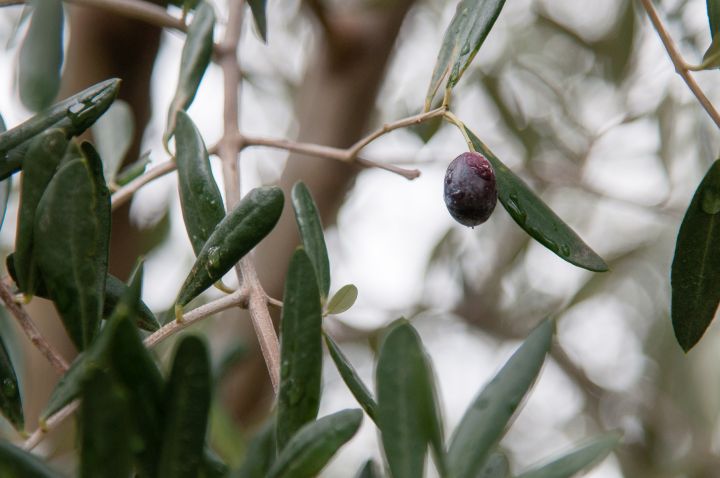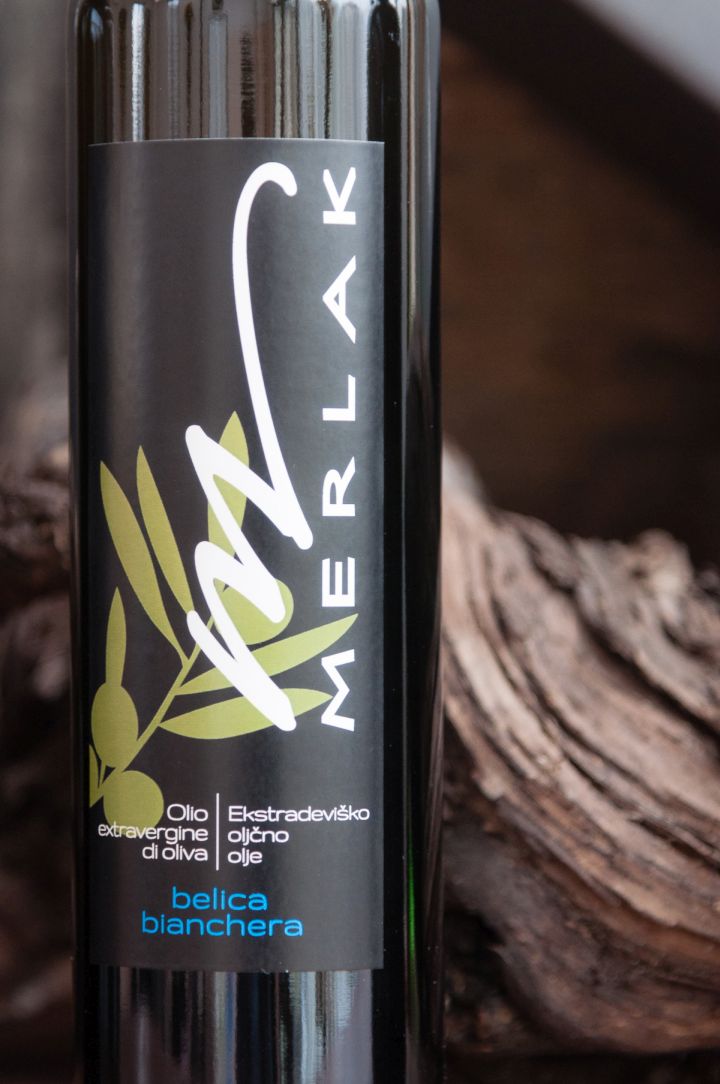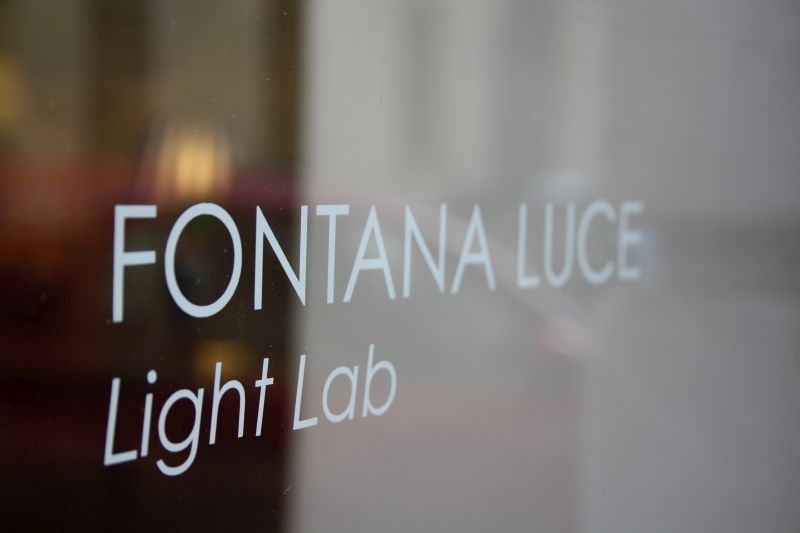As it often happens, when I’m impressed by something, I try to find out as much as possible about it. Last time this happened was a few days ago, as I was having lunch. I had decided to eat a salad to stay on the light side, but these good intentions went straight down the drain when they brought the oil through. Tasty, comforting and delicate, I’d never tasted anything as good before. After finishing my salad I even finished all the bread in the basket with oil and salt.
The exceptionally good oil was from Merlak, a farm in Località Dolina, in the commune of San Dorligo della Valle in Trieste. Wanting to find out some more, I went to have a look around and I met Martin Merlak, a young man from Trieste, class of 1987 who produces this wonder.


As I walk around olive plants that are specific of this area (Bianchera, Leccino, Pendolino, Leccio del Corno, Maurino e Carbona) Martin talks me through a world I was oblivious of. I started asking him lots of questions regarding the best season for pruning (the beginning of spring, the season for palms) and the best way to do it (you need to cut the branches that grow upwards, leaving the ones with a 45° angle from the ground and trying to leave the plant open at the centre so that light can get through). He explained how to prune it correctly for a fast healing process

and being careful to not leave stubs that can cause the death of the plant.

I followed his explanations with great curiosity, also because I have two little olive plants in my garden that need taking care of.
Another interesting discovery was that in this area the earth isn’t red like in the rest of the Carso, but there is the flysch, Marl sandstone that is particularly adapt for growing olive and grapevine.
Martin started leading the family farm in 2012, expanding the land and glowing a larger number of plants. Merlak is a small pearl. Today it has 220 plants that produce 2500 Kgs of olives, for a total of 400 litres of oil. The harvest is done entirely manually without rakes or nets, an olive at a time in order to select everything carefully. Then the fruits are taken to the olive mill where they are crushed raw.



Merlak produces two kinds of oil: a Bianchera, a local botanic species, that is notoriously spicy and aromatic, with traces of fennel and freshly cut grass, perfect to dress red or grilled meat, and the second is a Salamonka (named after the area) that is a blend of Italian botanical varieties that have a more delicate taste, agreeable and sweet, perfect for more delicate food like fish or vegetables.
Close by they also grow and produce Vitovska, Refosco, Malvasia and Merlot and some vegetables. You can try everything at Martin’s osmica that is next to the Risisera of San Sabba.



I can guarantee that the Merlak family farm is definitely a wonderful place, and to think I discovered it while eating a salad.
Ph. Andrea Zangrando


















